Related Topics
Real Engineering for a Real Engineer
A decade after graduating college, Stephen finally did a differential equation for his job! That is some real engineering I tell you what.
Beating the Heat
The PinoTaur has reached production status but not without supply chain issues..OF COURSE! Bonus discussion about thermal management for PCBA.
Illuminati Moment
Is there a statue of limitations on open source hardware projects? This week, Stephen and Parker dive into what open source means for both of them.
Other Resources
Circuit Break Podcast
Webinars
Videos
Tour MacroFab's ITAR-Compliant Facility
July 8, 2019, Episode #179
The MacroFab Engineering Podcast Useless Machine Contest Sponsored by Mouser Electronics is in full swing! We have cash prizes up for grabs. Contest Ends August 10, 2019. Check out the MacroFab Blog and Podcast Episode 175 for more contest details.
Parker
PinoTaur Updates
- Simulated Mosfet Driving
- Limiting the 74hc595 driver to 10mA
- Solenoid Mosfet Current Sensing
- Simulated Mosfet Driving
DOOM SAO
- Hardware Repo is assembled
- Software Next
- Detailed instructions on building the environment
- How the main code functions
Stephen
- Fredman clip
- Parker brought up the SM57 microphone holder he 3D printed to compare to the clip that was bought online
- Text Based Adventure Update
- Majority of the story, characters, and environment are designed
R.F.O.
- Cheeseburger Wind Tunnel Tests
- Could this be McDonald’s wind tunnel tests so you can eat burgers faster?
- Millennium Falcon wind tunnel tests at Mach 3!
- Wire Bender Aims To Take Circuit Sculptures To The Next Level
- Great example of 3d printing done right!
- Apparatus For Facilitating The Birth of A Child by Centrifugal Force
- Patent
- If you could design something that would operate by using Centrifugal Force what would it be?
Visit our Public Slack Channel and join the conversation in between episodes!
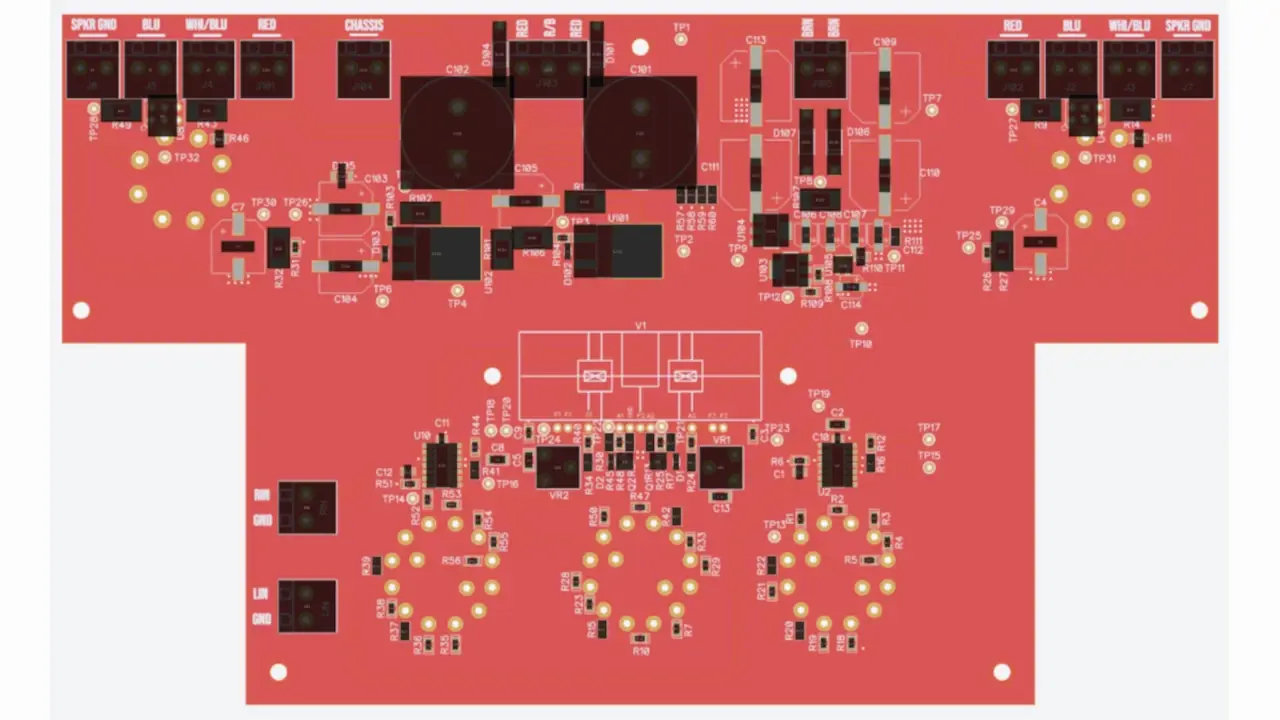
Stephen’s MacroAmp PCB render. This project is sponsored by Mouser Electronics!
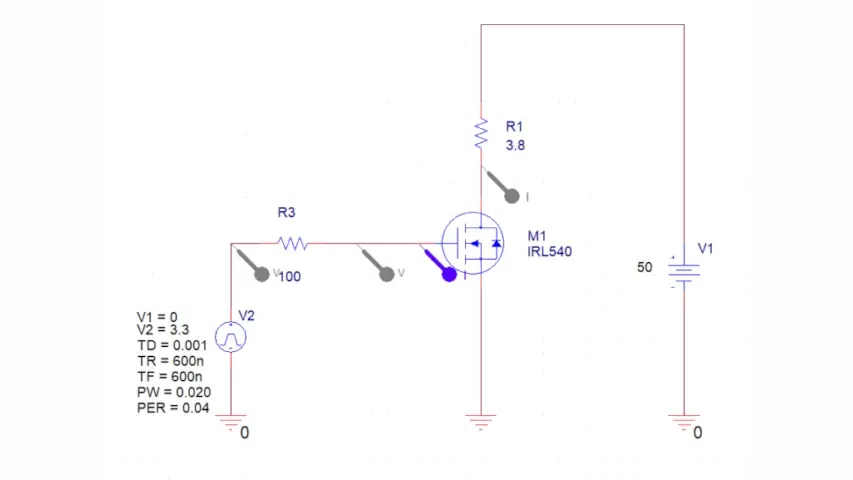
Simulation schematic for the PinoTaur. IRL540 mosfet with a 100 ohm resistor to keep the drive strength of the 74HC595 in check.
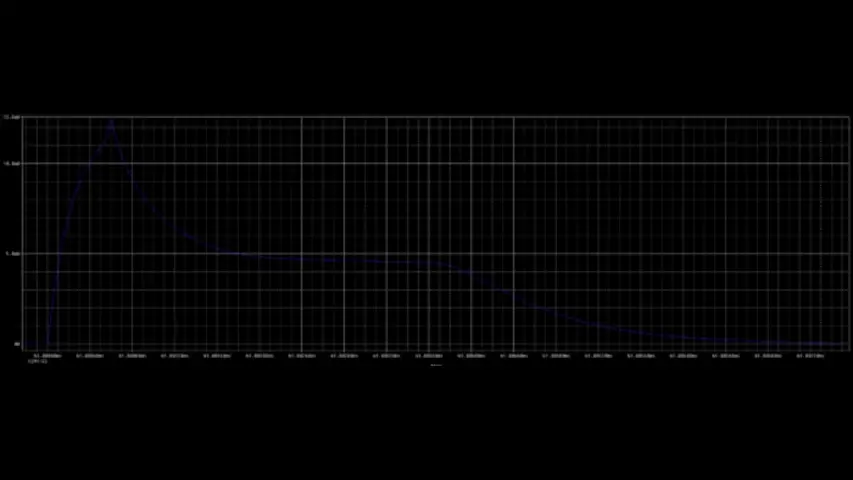
Current of charging up the gate on the IRL540 in the simulation.
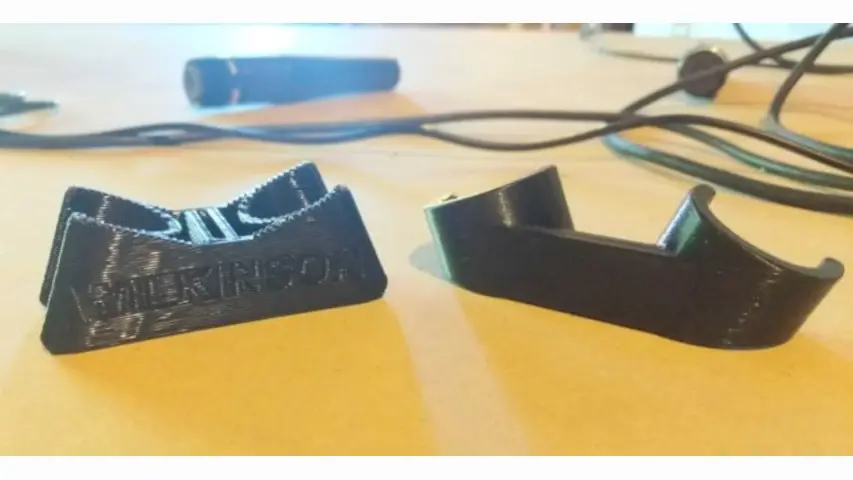
The compairson between the two SM57 clips. Parker’s 3D printed one is on the right.
About the Hosts

Parker Dillmann
Parker is an Electrical Engineer with backgrounds in Embedded System Design and Digital Signal Processing. He got his start in 2005 by hacking Nintendo consoles into portable gaming units. The following year he designed and produced an Atari 2600 video mod to allow the Atari to display a crisp, RF fuzz free picture on newer TVs. Over a thousand Atari video mods where produced by Parker from 2006 to 2011 and the mod is still made by other enthusiasts in the Atari community.
In 2006, Parker enrolled at The University of Texas at Austin as a Petroleum Engineer. After realizing electronics was his passion he switched majors in 2007 to Electrical and Computer Engineering. Following his previous background in making the Atari 2600 video mod, Parker decided to take more board layout classes and circuit design classes. Other areas of study include robotics, microcontroller theory and design, FPGA development with VHDL and Verilog, and image and signal processing with DSPs. In 2010, Parker won a Ti sponsored Launchpad programming and design contest that was held by the IEEE CS chapter at the University. Parker graduated with a BS in Electrical and Computer Engineering in the Spring of 2012.
In the Summer of 2012, Parker was hired on as an Electrical Engineer at Dynamic Perception to design and prototype new electronic products. Here, Parker learned about full product development cycles and honed his board layout skills. Seeing the difficulties in managing operations and FCC/CE compliance testing, Parker thought there had to be a better way for small electronic companies to get their product out in customer's hands.
Parker also runs the blog, longhornengineer.com, where he posts his personal projects, technical guides, and appnotes about board layout design and components.

Stephen Kraig
Stephen Kraig is a component engineer working in the aerospace industry. He has applied his electrical engineering knowledge in a variety of contexts previously, including oil and gas, contract manufacturing, audio electronic repair, and synthesizer design. A graduate of Texas A&M, Stephen has lived his adult life in the Houston, TX, and Denver, CO, areas.
Stephen has never said no to a project. From building guitar amps (starting when he was 17) to designing and building his own CNC table to fine-tuning the mineral composition of the water he uses to brew beer, he thrives on testing, experimentation, and problem-solving. Tune into the podcast to learn more about the wacky stuff Stephen gets up to.
Special thanks to whixr over at Tymkrs for the intro and outro!
Related Podcasts
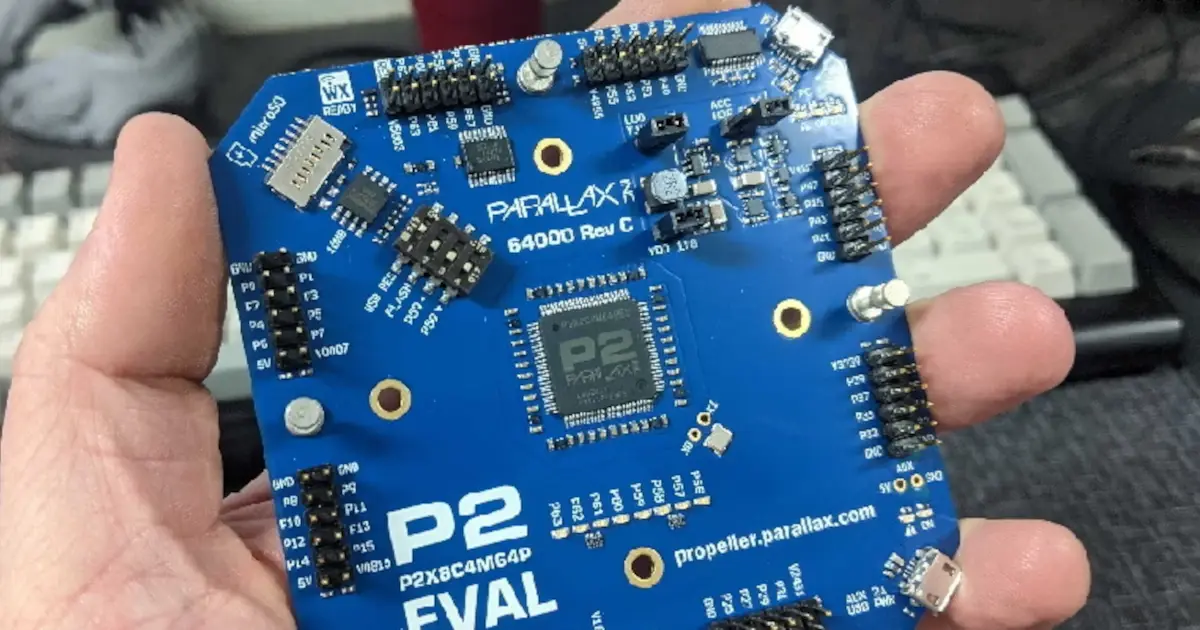
Electronic Wear Items
Chip and component shortages continue! This week's episode covers Ford and GM automotive supply chain problems and EMMC wear chips for Tesla cars.
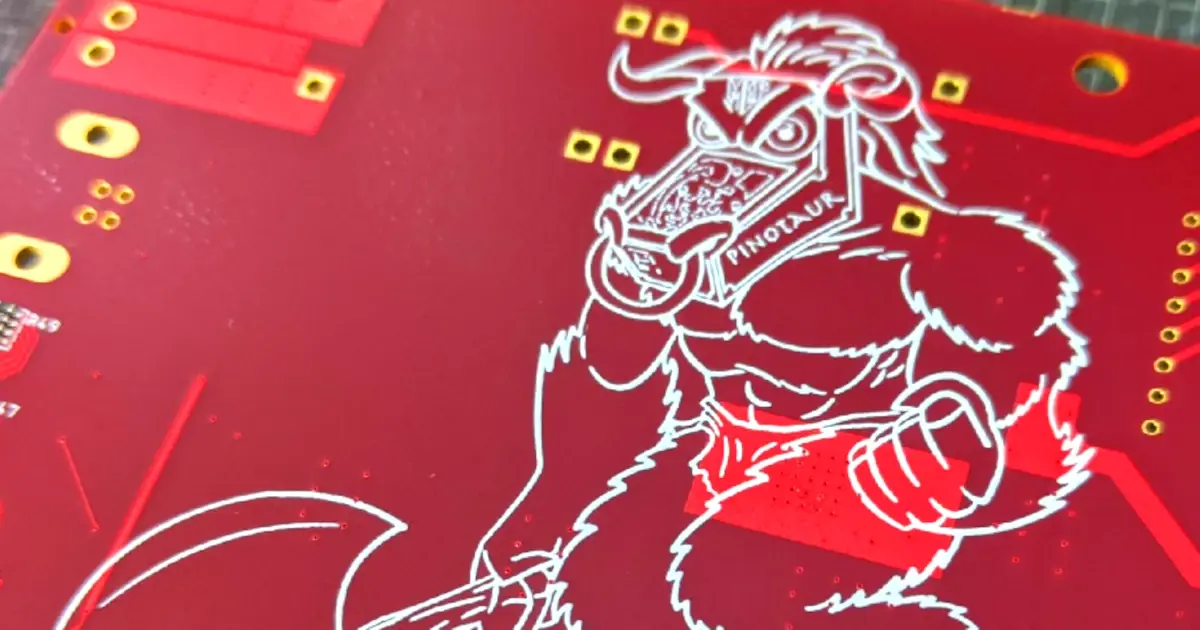
Illuminati Moment
Is there a statue of limitations on open source hardware projects? This week, Stephen and Parker dive into what open source means for both of them.
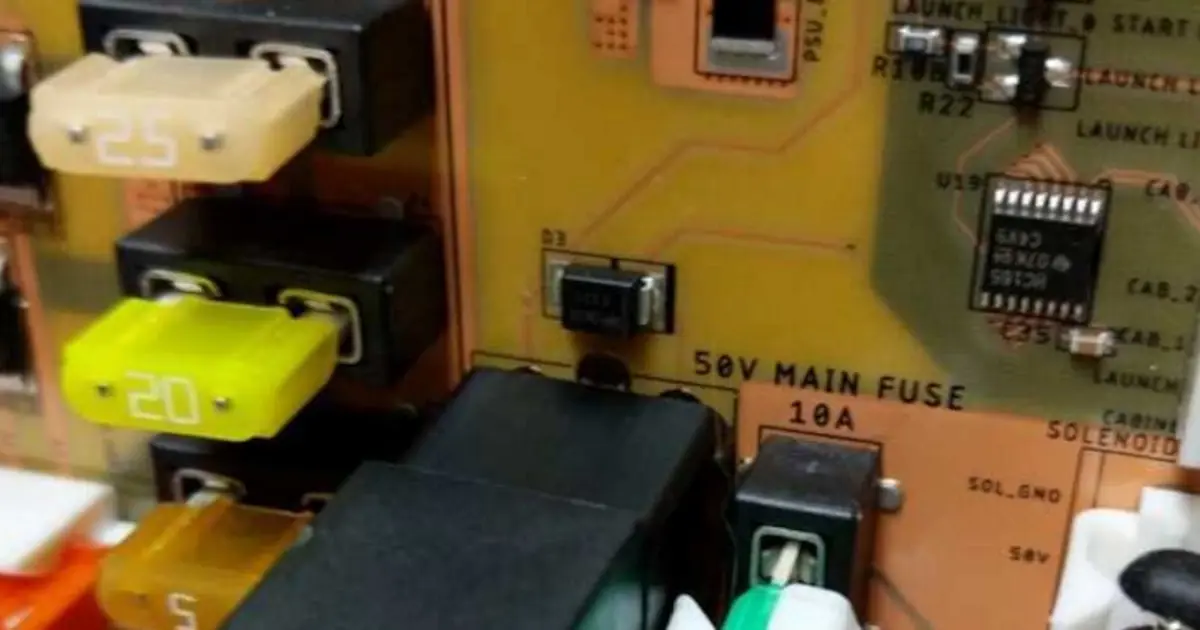
Ridiculous Relay Ratings
On this episode, Parker sifts through marketing gimmicks for component ratings and Stephen discusses dual rail power supply designs.

Real Engineering for a Real Engineer
A decade after graduating college, Stephen finally did a differential equation for his job! That is some real engineering I tell you what.
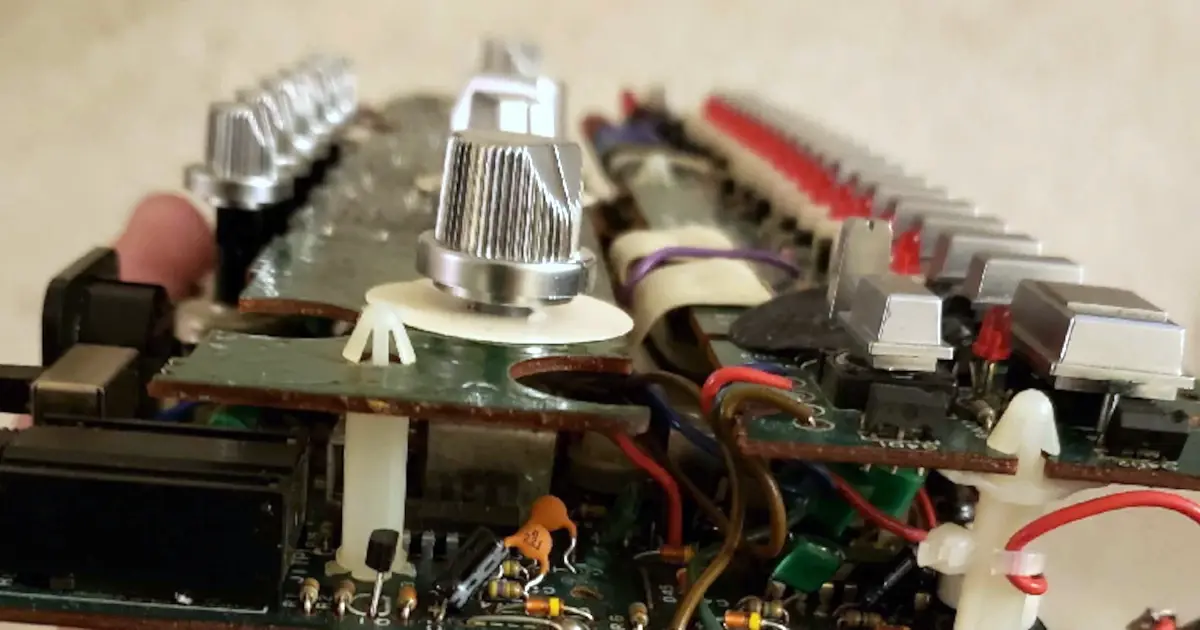
Kicking Troglodytes Off The Stage
PCB serial numbering? Parker and Stephen cover their thoughts on applying a unique identifier to PCBs in production for inventory and testing control.
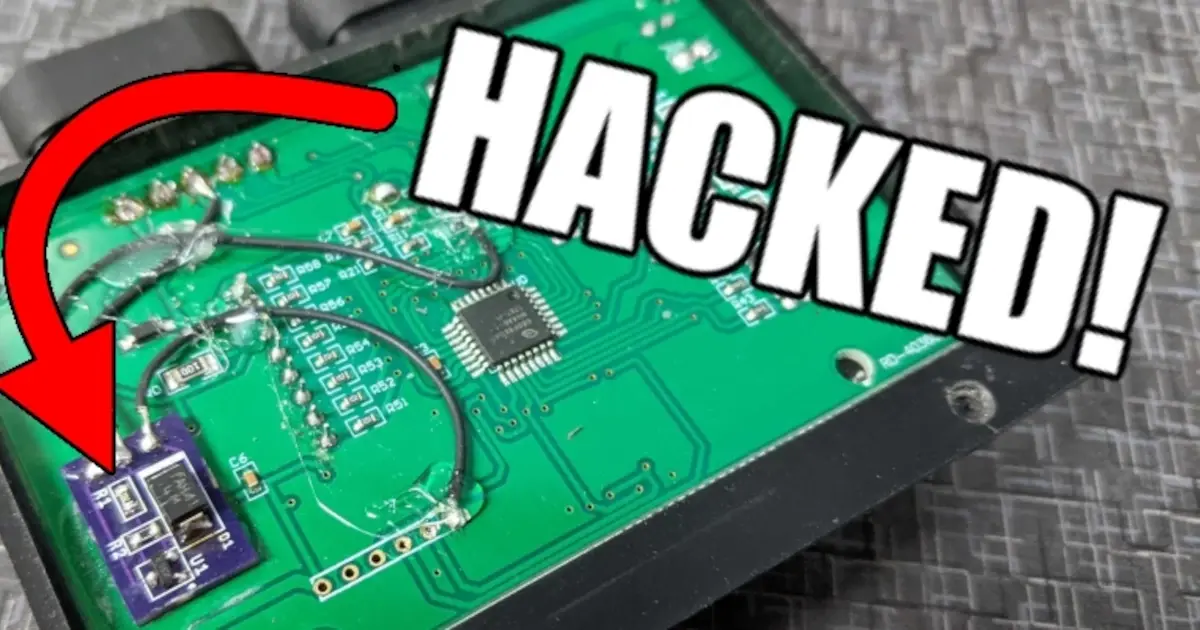
Beating the Heat
The PinoTaur has reached production status but not without supply chain issues..OF COURSE! Bonus discussion about thermal management for PCBA.
About MacroFab
MacroFab offers comprehensive manufacturing solutions, from your smallest prototyping orders to your largest production needs. Our factory network locations are strategically located across North America, ensuring that we have the flexibility to provide capacity when and where you need it most.
Experience the future of EMS manufacturing with our state-of-the-art technology platform and cutting-edge digital supply chain solutions. At MacroFab, we ensure that your electronics are produced faster, more efficiently, and with fewer logistic problems than ever before.
Take advantage of AI-enabled sourcing opportunities and employ expert teams who are connected through a user-friendly technology platform. Discover how streamlined electronics manufacturing can benefit your business by contacting us today.